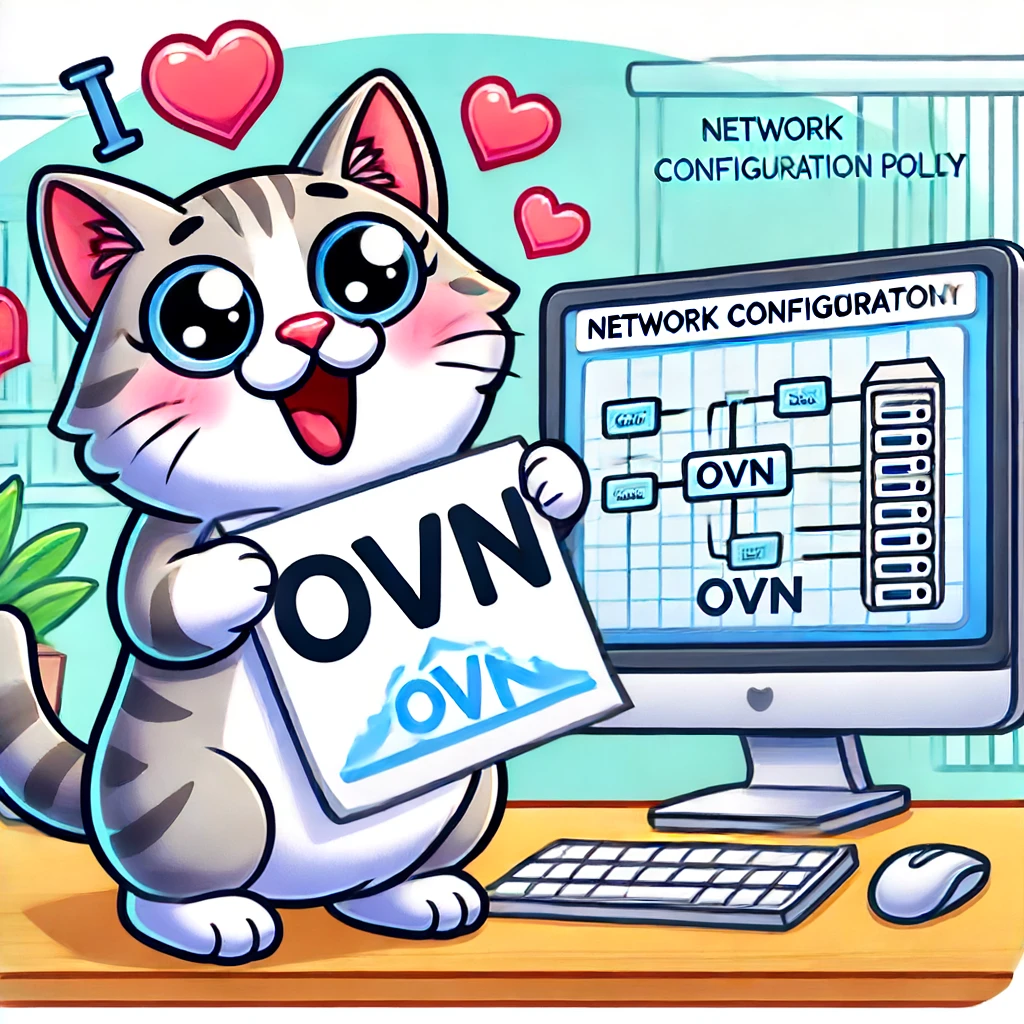Securing Cloud-init User Data with External Secrets and OpenShift Virtualization
Storing Virtual Machines as Kubernetes resources in git for automated deployment promotes consistency, resilency, and accountability, but commiting secrets to git is risky and should be avoided. Use the External Secrets Operator to securely store cloud-init and other data, and sleep soundly!











